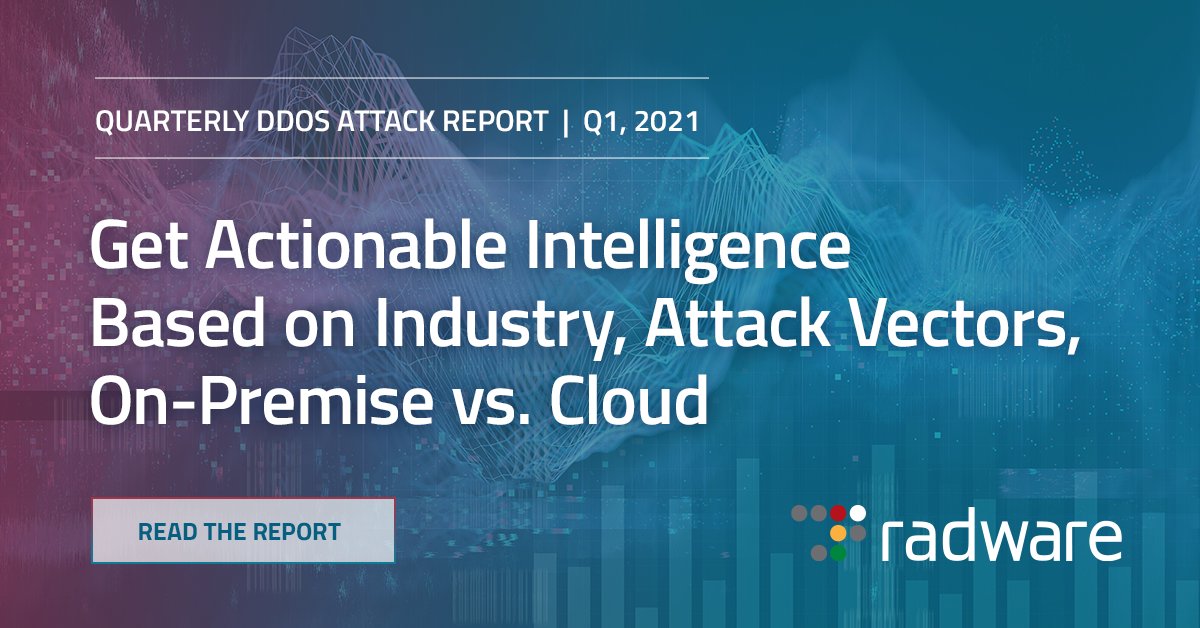Behavioral Analytics: How to Secure User Experience under a DDoS Attack
Imagine the following scenario. Following the Covid-19 outbreak, a local government website became the reliable central hub to communicate governmental information to its citizens. The information might vary from instructions for making an appointment to get vaccinated while under lockdown. One evening, on the nine o’clock news, the news anchor states that thousands of vaccines have just become available. All citizens should access their local government website to get more information. At the same time, a group of hacktivists DDoS attackers protesting against the way the government handles this health crisis decides to launch an attack on the server that will take down the website.
The next generation of cyber attackers
Today’s cyber-attackers are becoming increasingly sophisticated in their never-ending quest for new ways to launch a distributed denial-of-service (DDoS) attacks to compromise service availability, take down networks, servers, and websites. While their motives vary, their pertinence is consistent.
Rate limiting is not the best approach
In front of such an adversary, the need to be one step ahead grows daily. The scale and diversity of recent DDoS attacks have reached levels that no one would have imagined possible.
With that said, it is surprising to see that most DDoS attack mitigation solutions are primarily utilizing rate-limiting techniques. In other words, all traffic exceeding a certain volume threshold will be blocked without distinguishing if malicious or not, resulting in some legitimate users being unable to get service. By doing so, many organizations sacrifice the user experience and productivity while under a DDoS attack.
Legitimate users should not be affected during a cyberattack
Legitimate users do not see (and don’t care about) the entire picture. They are not informed that the server is severely attacked and cannot deliver service to him at the moment. They only see one thing—they needed a service and were denied access to it.
Today, organizations no longer accept false positives resulting in blocking real users. Just like they don’t accept it under peacetime, they shouldn’t under an attack. Even in low volumes, they should not accept malicious traffic that reaches the server.
More sophisticated technology is required to ensure the customer experience even during significant attacks.
[Click for Full Report: Quarterly Threat Intelligence Report]
Behavioral analysis is the new standard
The behavioral approach is starting to expand as more vendors understand that this is becoming the new standard for DDoS mitigation. Organizations committed to protect their assets and ensure constant service availability for their users will not settle for less.
Let’s go back to our government website scenario. It is now nine o’clock, numerous citizens are trying to access the website, but the massive DDoS attack has taken it down.
An advanced and sophisticated behavioral DDoS mitigation tool can block the attack the hackers are trying to launch on the site and allow citizens continued access. Blocking a suspicious IP address or a specific malicious origin is not the only thing behavioral analysis does; it also analyzes the motives behind each request and does not rely solely on the amount of traffic at a specific time. The site might be under a massive attack; however, at the same time, a flash crowd of citizens wanting to get vaccinated need access to the site. Distinguishing between the two is the entire concept of behavioral-based DDoS mitigation.
The business enterprise’s objective is to secure the user experience by assuring availability. We should not let the fear of massive DDoS attacks be a catalyst for choosing methods that block legitimate users and affects their experience but instead push the solution to be smarter.
Want to learn more about Enhancing Security While Preserving User Experience?
Click here: https://www.radware.com/pleaseregister.aspx?returnurl=32fc0034-7ca6-441b-af3f-49e11e0dfb7f




